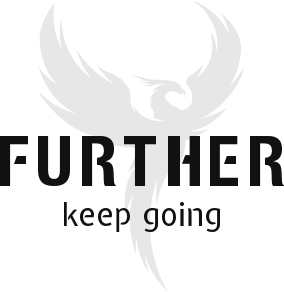
Recently, an entrepreneur friend sheepishly told me she can only get work done between 5:00 p.m. and midnight. She’s always been a night owl, but thanks to hormonal changes, it’s more pronounced than ever.
First, a reality check. Much like weekends and retirement, the constructs of when and for how long we work are industrial-age artifacts. For example, you can credit Henry Ford for inventing working 9-to-5, five days a week in 1926.
In other words, we’ve been adhering to a nearly 100-year-old standard that even I — a solopreneur who hasn’t worked a corporate job since 2001 — can’t seem to ditch, even though remote work is normalized. Maybe it’s time to reject antiquated norms and let your internal clock support your productivity with “chronoworking.”
Know Your Chronotype
You likely notice you’re more productive at certain times of the day. According to psychologist Michael Breus, only around half of the population are most alert during “peak” work hours, 10:00 a.m. – 2:00 p.m. Plenty of people prefer working early mornings or at night (about 15% each, respectively). And 10% of the population find their productivity varies day-to-day.
These four natural preferences for sleep and wakefulness, often characterized by mammals (lion = morning people; bear = best at midday; wolf = night lovers; dolphin = sporadic timing), are known as “chronotypes,” a term I first encountered in Mich Bondesio’s excellent intentional productivity book, The Cadence Effect.
Chronotypes are related to circadian rhythms in that they also define our individual levels of activity and alertness. However, they are determined by our genes and also depend on factors such as age and geographical location.
According to Bondesio, chronotypes are resistant to being trained or otherwise manipulated, unlike simple circadian rhythms. The trick is to consider your chronotype to maximize your productivity and minimize your burnout.
A Pace That Would Stop a Clock
“Chronoworking” is simply aligning your work schedule with your preferred sleep schedule. That means no more shame if you like to work late and sleep in — you’re in good company with prolific creatives like Franz Kafka, Ann Beattie, and Bob Dylan. Meanwhile, you’re also sadly in good company if you’re forced to buck your chronotype: research says 94% of American workers work outside their peak productivity hours.
Still, there’s hope in our post-pandemic, digital world, as employers are starting to recognize the benefits of chronoworking:
Allowing staff to work when they’re at their best could boost performance and well-being, with a knock-on positive effect on employee retention.
That applies whether you work for yourself or someone else — happier, healthier workstyles boost bottom lines. Bonus for location-independent “wolves”: your night is someone else’s day.
And even if you have to compromise sometimes on your preferred work hours to collaborate with another chronotype, you’ll rest much easier knowing you’re working on your own clock.
Further Reading:
The ‘chronoworking’ productivity hack that helps workers excel (BBC)
The Cadence Effect by Mich Bondesio
